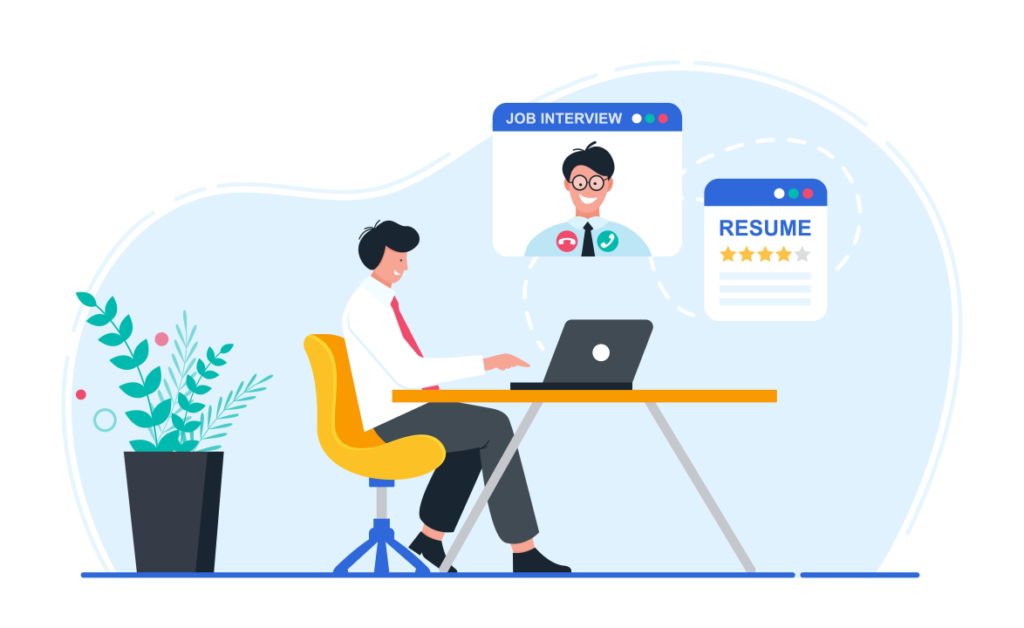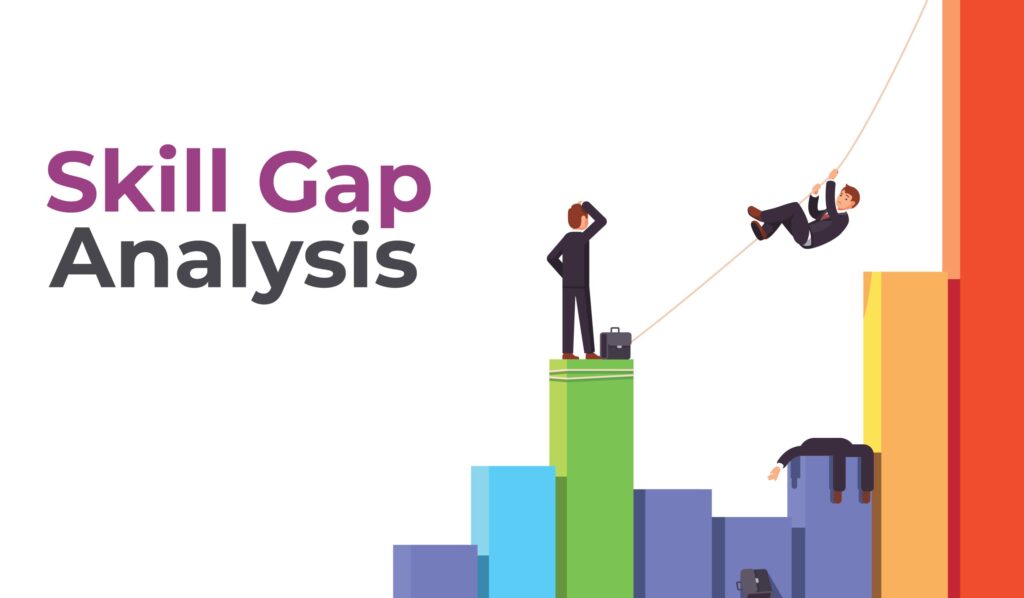This new way of working as a result of COVID-19 is now the reality for many organisations globally with the adoption of the hybrid work model. When COVID-19 pandemic started leading to the implementation of work-from-home policy, businessmen and managers were given a new challenge which made them to adapt to this kind of working model. Now, as companies look toward the future, hybrid work—where employees split their time between working remotely and in the office—offers a compelling solution that balances the best of both worlds: benefits with regard to work flexibility for employees and organizational efficiency for employers.
However, as is evident, the hybrid model of downsizing also faces some setbacks to its successful initiation. It has a smart approach towards organising additional provisions of remote working while keeping in mind that performance, teamwork, and organisational culture must not be hampered.
Read on to see how to maintain flexibility yet achieve optimum efficiency in a business that adopts a hybrid working model.
Understanding the Hybrid Work Model
A blend work model permits the worker to switch between working from the office and working from home. Some employees can possibly be completely working from home while others are in the office a few days in a week. The objective is to provide options and accommodate the need to provide products and services to the customers but also avoid disruptiveness to the business.
For companies, hybrid work presents opportunities to reduce operational costs, improve employee satisfaction, and attract a more diverse talent pool. At the same time, employees benefit from the ability to manage their work-life balance better, reducing the need for commuting and allowing them to work in environments that suit their preferences.
But the hybrid model’s flexibility must be matched with the right processes to maintain productivity and accountability.
The Benefits of Flexibility
1. Improved Work-Life Balance
Organizational flexibility in a work from home and work from office model means employees get to define their work schedules more. They can decide to work from home on some days depending on personal issues to handle or when one feels tired or spends too long hours commuting. This flexibility results in enhanced employee satisfaction and improvement in work-life balance; low turnovers; and less stress levels.
2. Enhanced Employee Autonomy
In blended work model, workers are likely to have certain levels of freedom determining when and how they get to perform their duties. It creates a culture of professionalism as well as develops a culture of trust between employers and employees. It also allows the workers to determine how they would wish to organize themselves hence increasing on the likelihood of their promise to the job.
3. Possibility of getting a larger pool of talents
Flexible work arrangements give a business the advantage of being able to hire talent from a wider radius. This has provided a way for firms to staff their companies not necessary from the immediate vicinity of the company’s location or country. This can also result in increased workforce diversification, and hence increased creativity and innovation within the organization.
The Challenges of Maintaining Efficiency
As one of the benefits of the hybrid work, flexibility is crucial; however, that very flexibility creates issues that affect organizational effectiveness if controlled.
1. Maintaining Productivity and Accountability
The main issue for employers with a hybrid work model is how to monitor and manage productivity when many workers are based at home. Thus, certain employees may have some difficulties such as with time management or inability to concentrate on work as it is when working at the office. In this case, productivity and accountability need to be defined to avoid this issue of employees sitting idle while waiting on clients.
Different tools like, project management tools, time management tools and meetings will assist them in the right direction. This means that setting clear timelines, goals and overall performance parameters helps the remote workers to give their best without any closely monitoring.
2. Collaboration and Communication
There are difficulties associated with the organization of cooperation when adopting hybrid work; nevertheless, all the companies know that it is sometimes possible to work remotely or at least partially. But it is much more challenging to replicate the water cooler discussions that you might have within an office space. This can hamper decision-making and adversely affect the team dynamics.
To this end, companies should embrace technology that enable communication and collaboration. Appropriate platforms, including instant messengers like Slack, Microsoft Meets, Zoom, and other communication platforms for the purpose of effective communication of the teams include; While working online, platforms like Google Workspace, Asana and others can help keep projects flowing, irrespective of the physical location of the employees. Moreover, organizing the working team meetings and in-person collaboration days moreover can strengthen bonds with coworkers besides enhancing coordination.
3. Preserving Company Culture
Culture a critical moderator of organizational commitment is key for engaging employees, increasing organizational productivity, and reducing turnover. However, the issue is when the employees are scattered across this area or are working remotely, it may not be very easy to cultivate a great organizational culture. Employees working away may also lose touch with the organisation’s culture, goals and social context.
Best Practices for Balancing Flexibility and Efficiency
To ensure that hybrid work models are both flexible and efficient, companies should consider the following best practices:
Set Clear Expectations – Ensure to communicate specific and uninterrupted standards of what is expected of the employees in terms of time, availability, performance, and deadlines. This can also help prevent employees of such organizations from feeling that they are not being supervised enough and help them in as far as organizing their time is concerned.
Use the Right Technology – acquire appropriate technologies that will enable the organization to have communication and collaboration tools for all its projects. Business applications such as those that are cloud based, video conferencing and other messaging apps assist the workplace in creating a balance between physically being at the workplace and working from home.
Promote Regular Communication – Another unambiguous recommendation is to facilitate communication on a daily basis for managers and employees. Discussions of the results of individual work in one-on-one meetings, group meetings, and company presentations allow everyone to be aware of the general objectives and tasks.
Create Opportunities for Connection – Develop ways of creating communities through in-person meetings, online social events, and business/casual meet-ups. This makes the employees feel that they are communicating and indeed are part of a team and hence the corporate culture regardless of the fact that they are apart physically during working.
Adapt and Learn – A hybrid model may be flexible and may need changes from time to time. One of the important organizational lessons to learn is the need to assess employees’ feedback often to see what method is effective and which is not, then be ready to change the system when necessary.
Conclusion
Hybrid work is a relatively young approach to organizing work that establishes itself as a major trend in today’s working environment. Hence, while dealing with such model, it is viable to achieve productivity, collaborate with other people, and keep company culture intact. When properly implemented the hybrid work model can provide the necessary work flexibility without compromising the productivity of the business.























